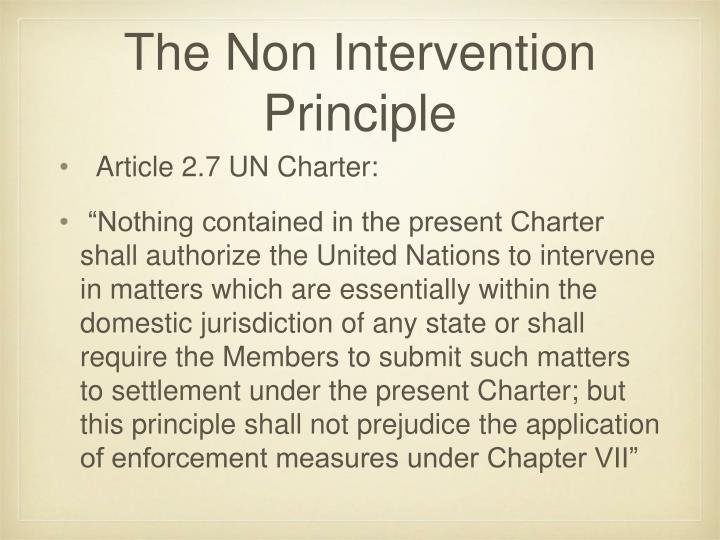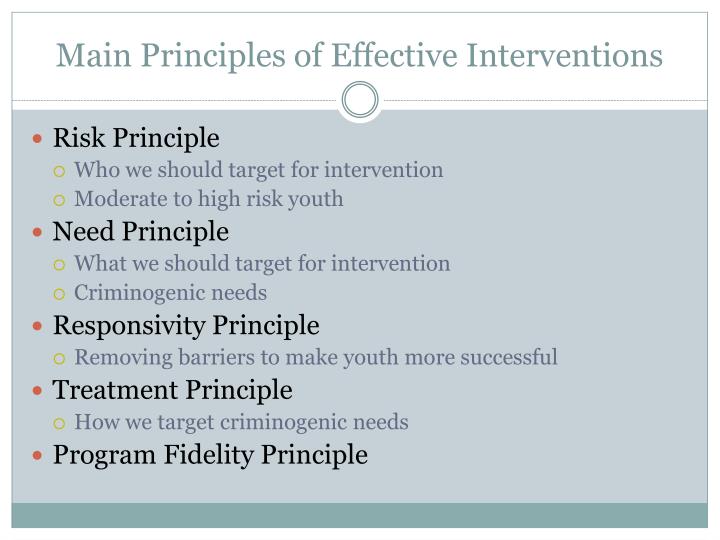


As a consequence of the mounting evidence against the classical WLG model, in recent years alternative neurobiological models for language have been proposed (e.g., Friederici, 2002 Hagoort, 2005 Hickok and Poeppel, 2007).
#Principle of intervention in unification full#
Moreover, the classical model focused on single word processing, whereas a neurobiological account of language processing in its full glory should also take into account what goes on beyond production and comprehension of single words. For example, central aspects of language production and comprehension are subserved by shared neural circuitry ( Menenti et al., 2011 Segaert et al., 2012).

More recently, neuroimaging studies provided further evidence that the classical view on the role of these regions is no longer tenable. Lesions in Broca's region are since long known to impair not only language production but also language comprehension ( Caramazza and Zurif, 1976), whereas lesions in Wernicke's region also affect language production. Although Broca's area, Wenicke's area and adjacent cortex are still considered to be key nodes in the language network, the distribution of labor between these regions is different than was claimed in the WLG model. Despite its impact until this very day, the classical model is wrong (cf. For instance, in a recently published study ( Moorman et al., 2012) one reads “Broca's area in the frontal lobe and Wernicke's area in the temporal lobe are crucially involved in speech production and perception, respectively.” (p. Even today, this model is still influential.


 0 kommentar(er)
0 kommentar(er)
